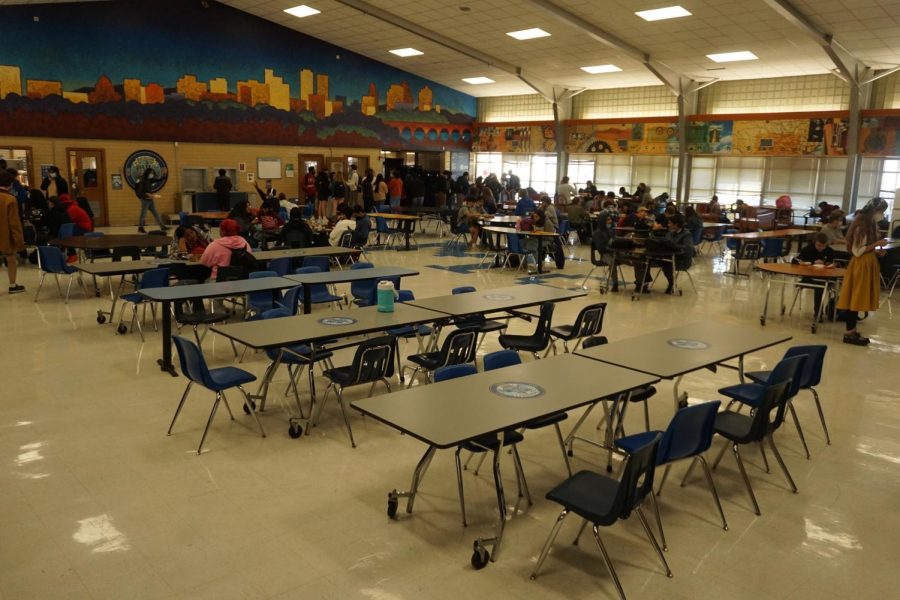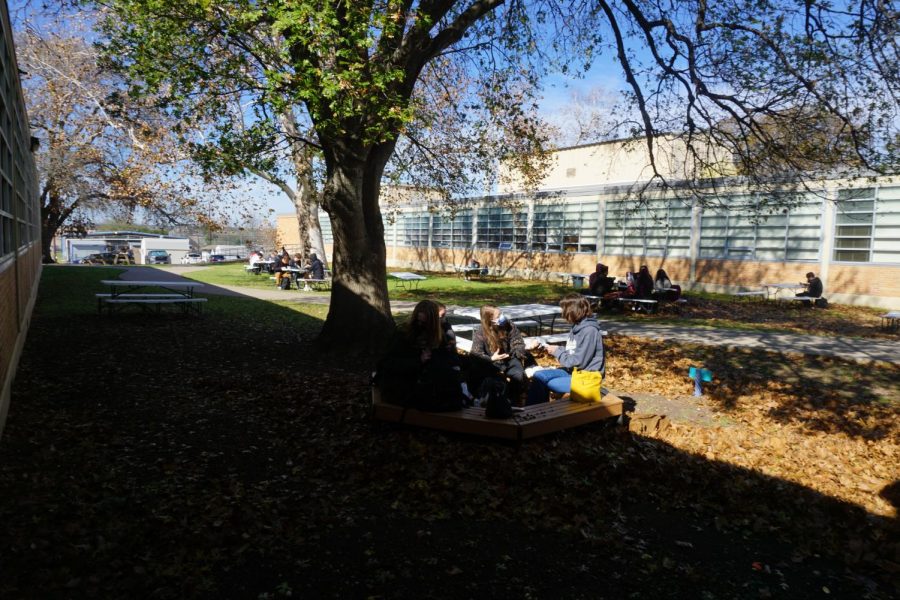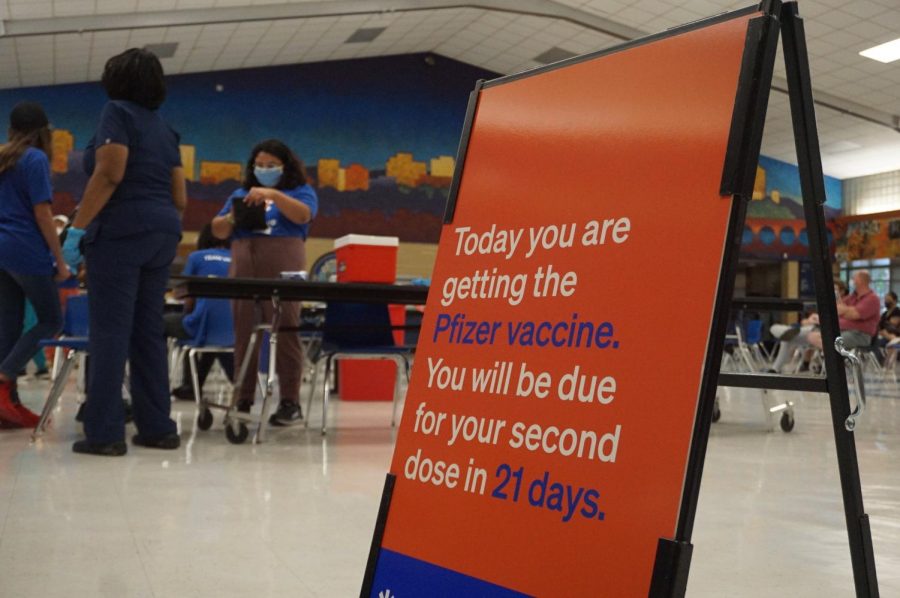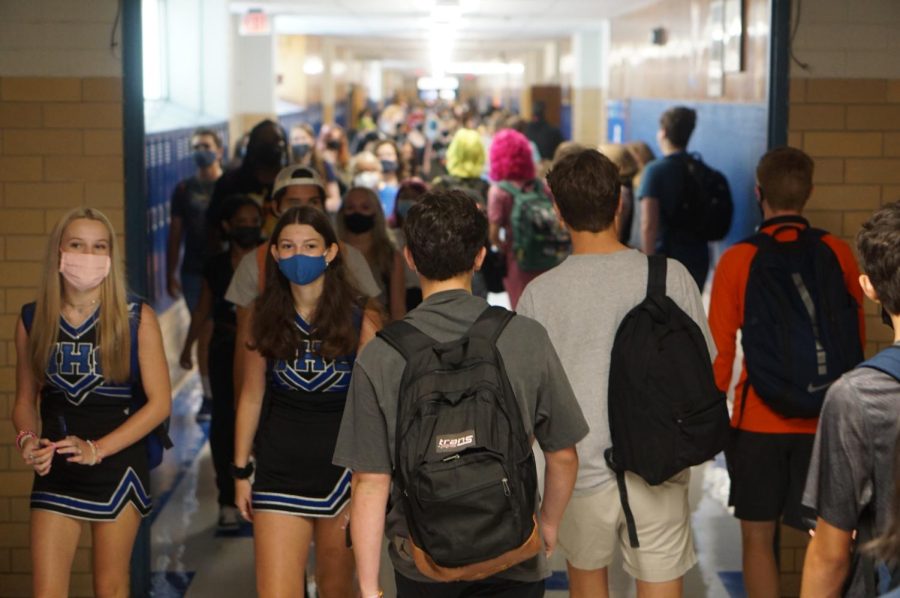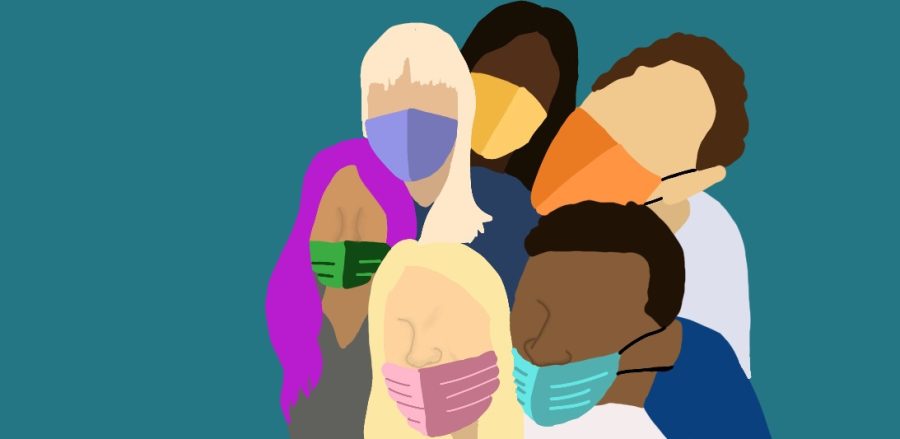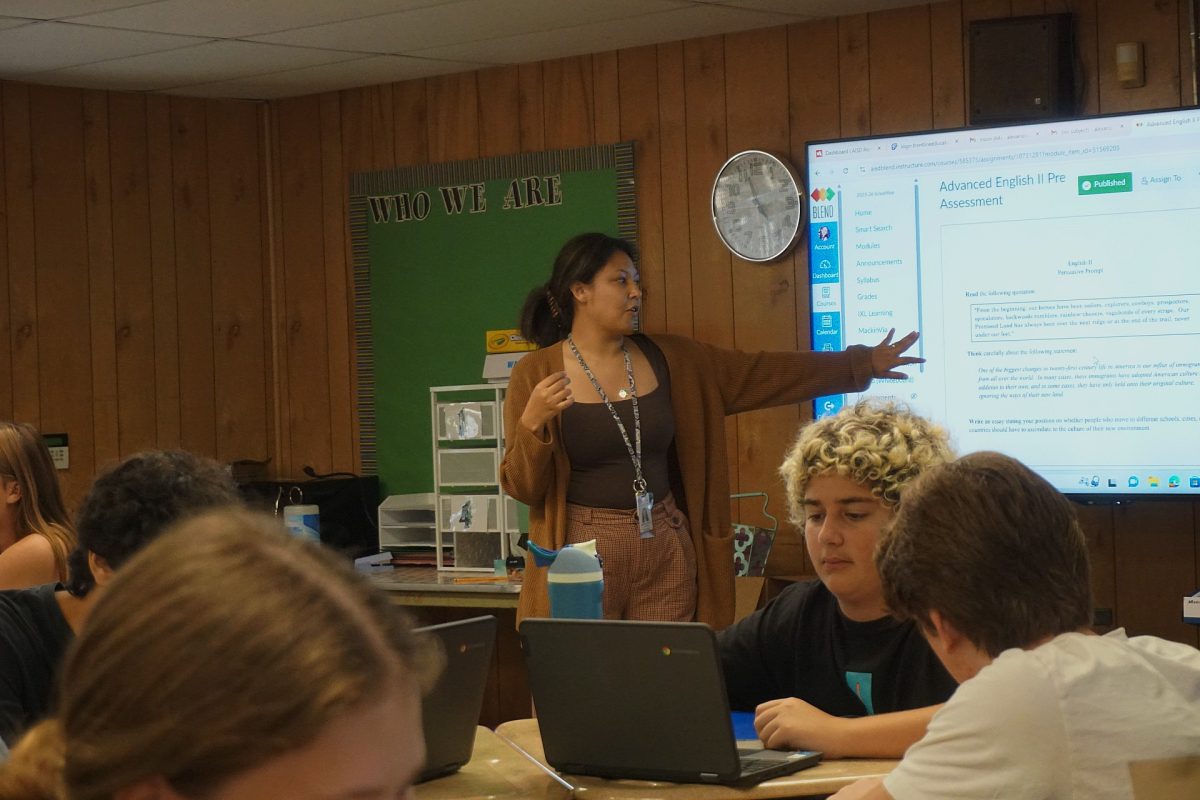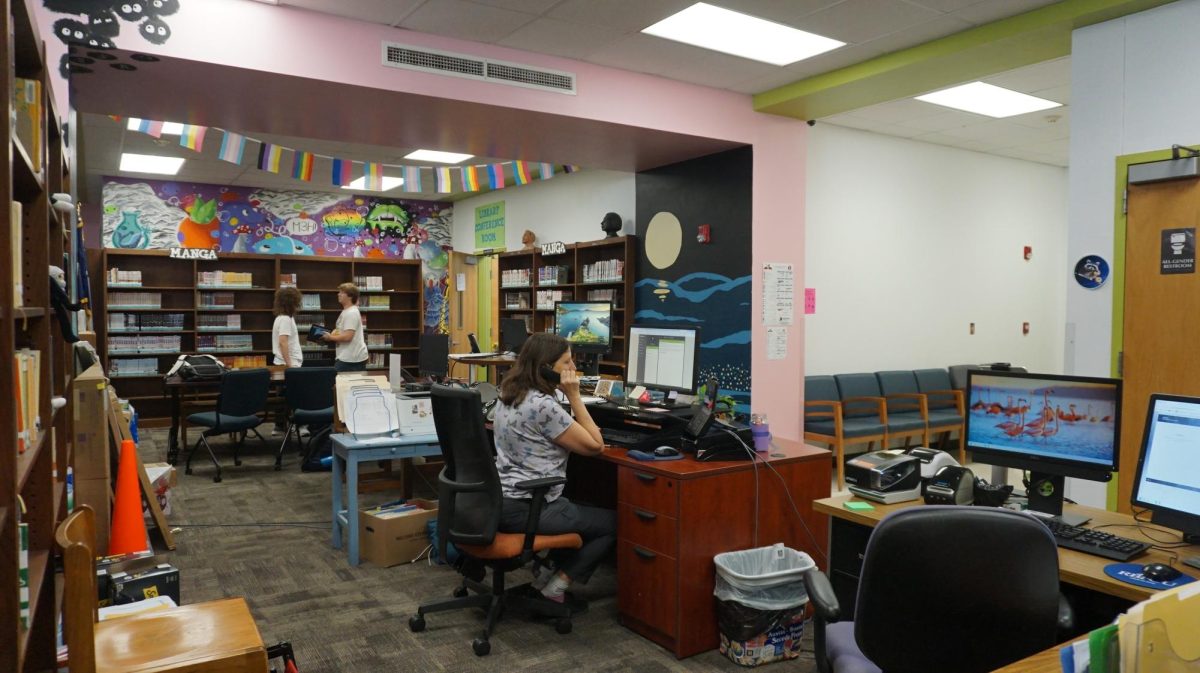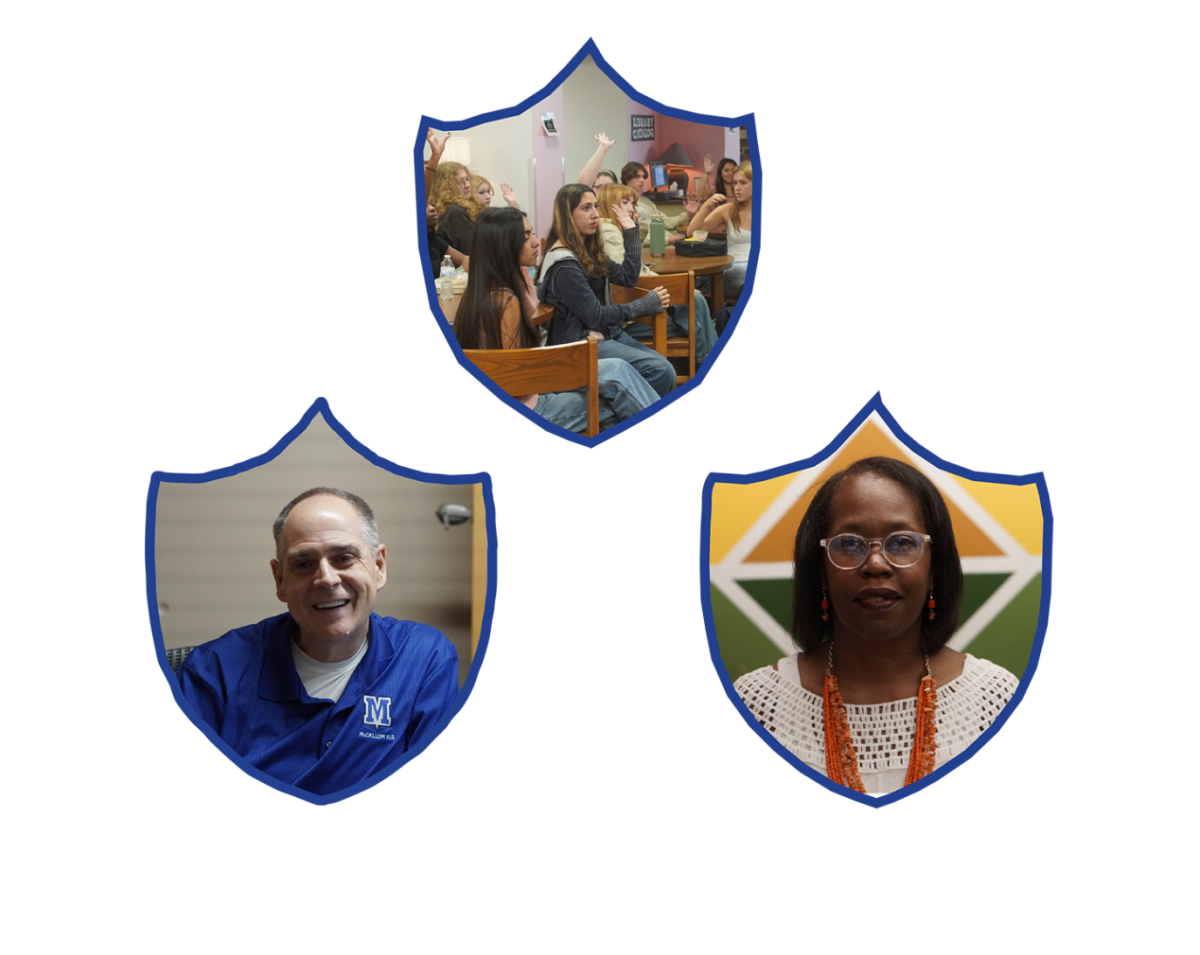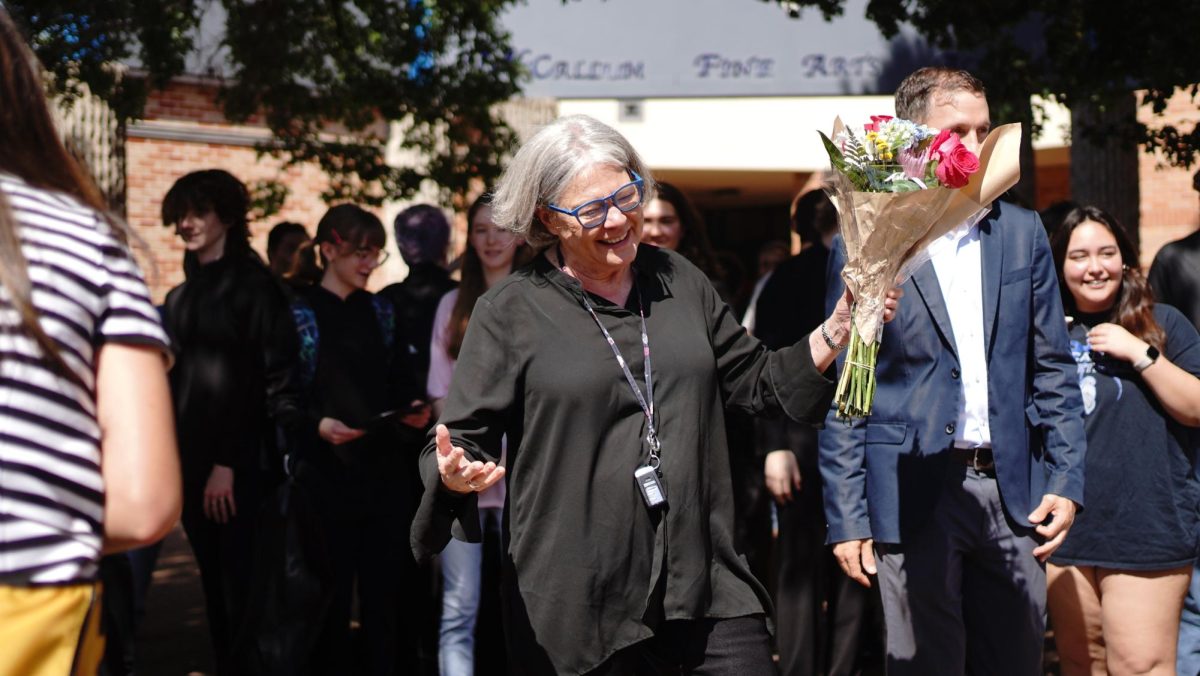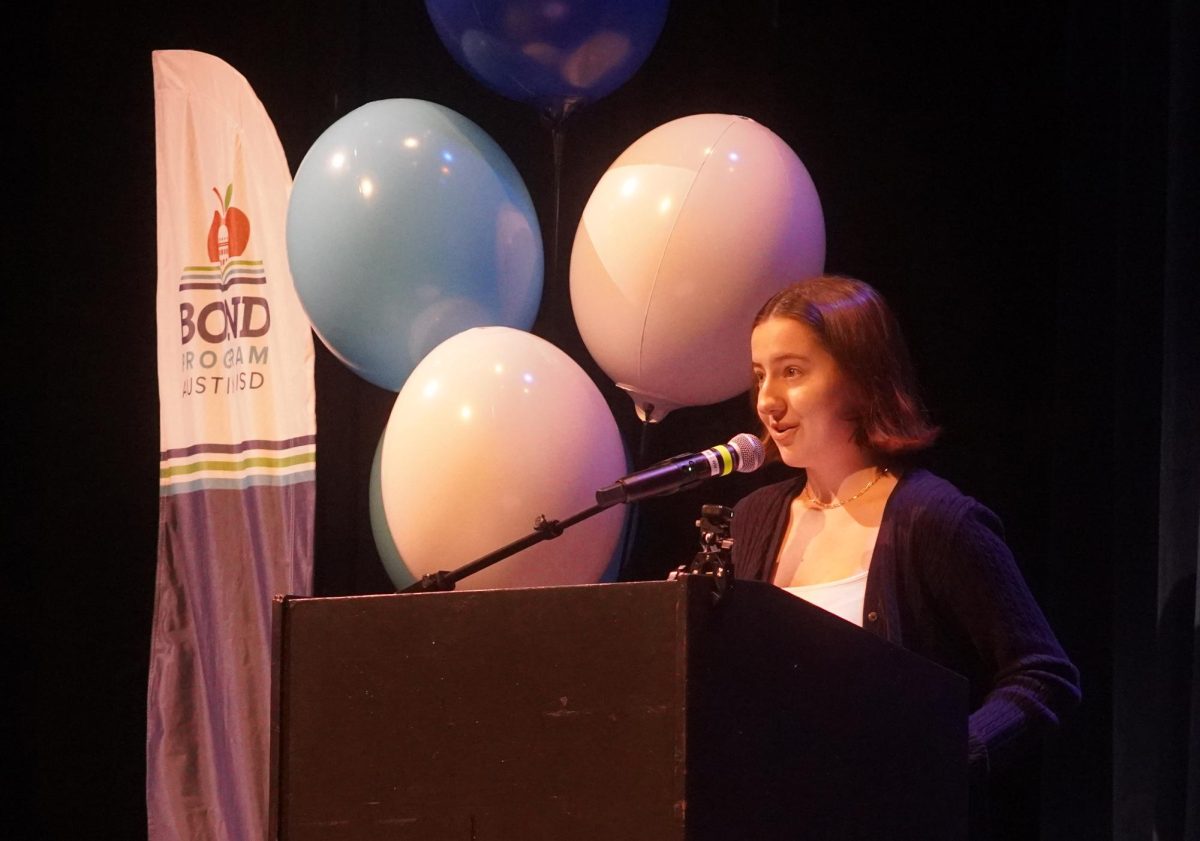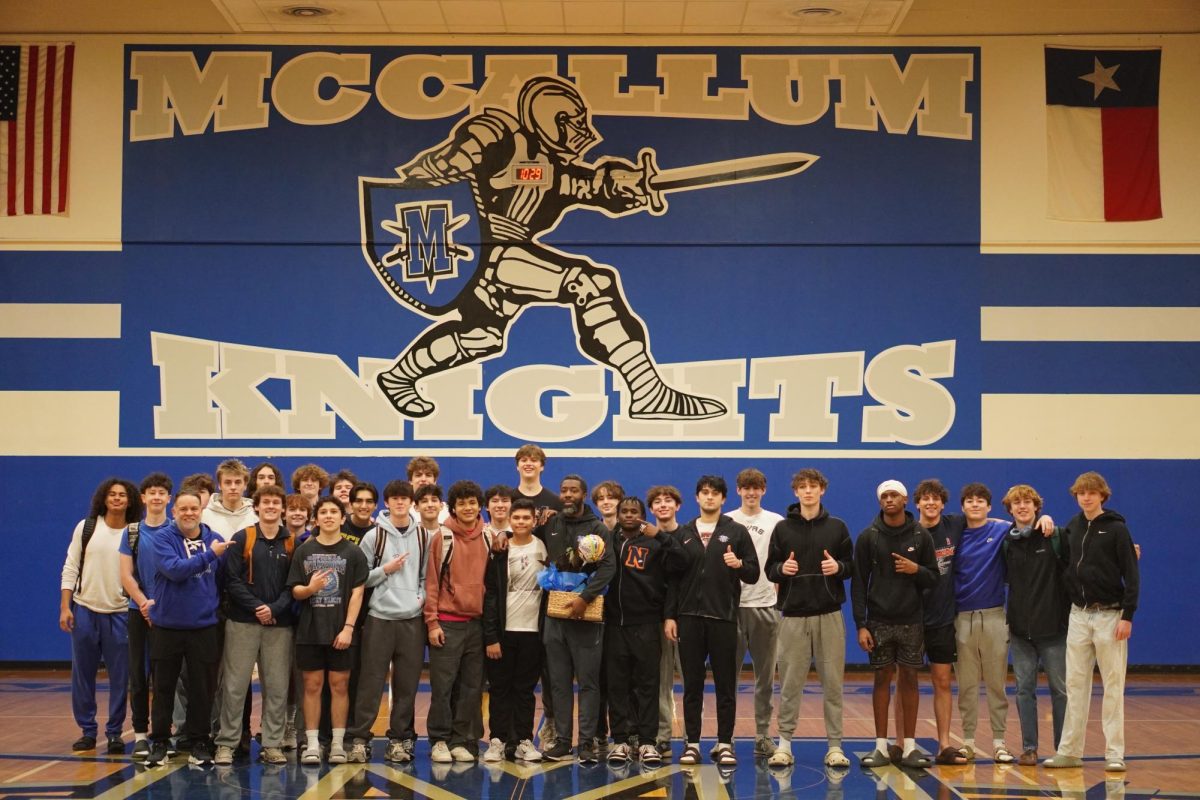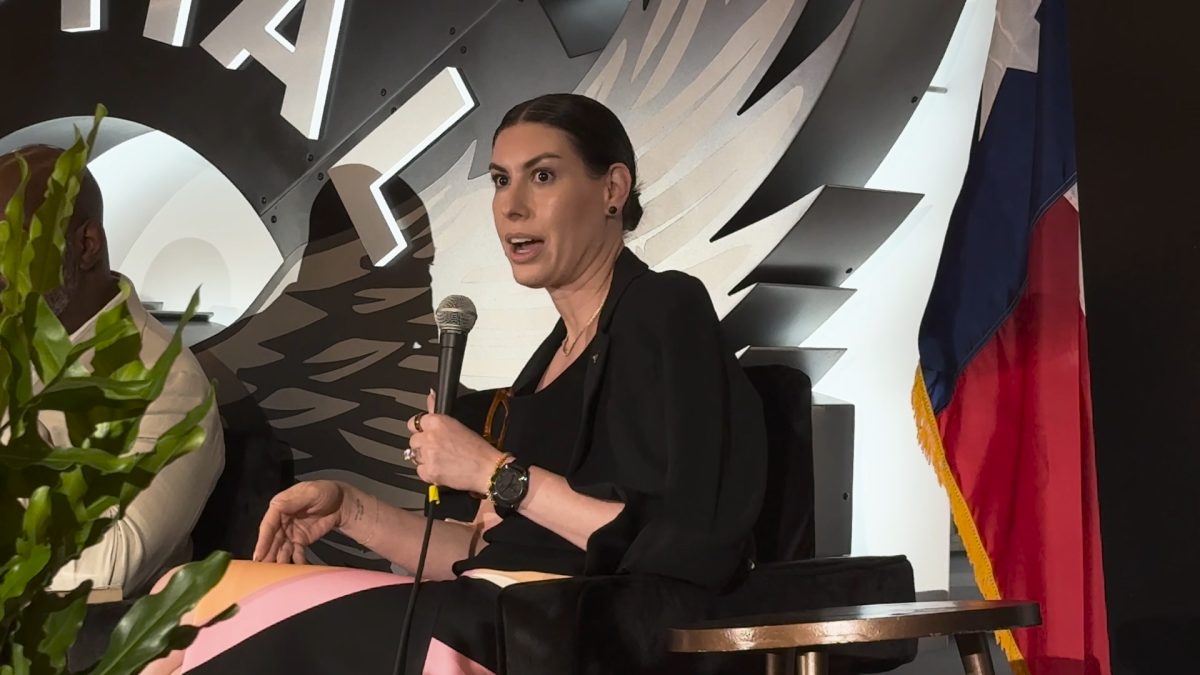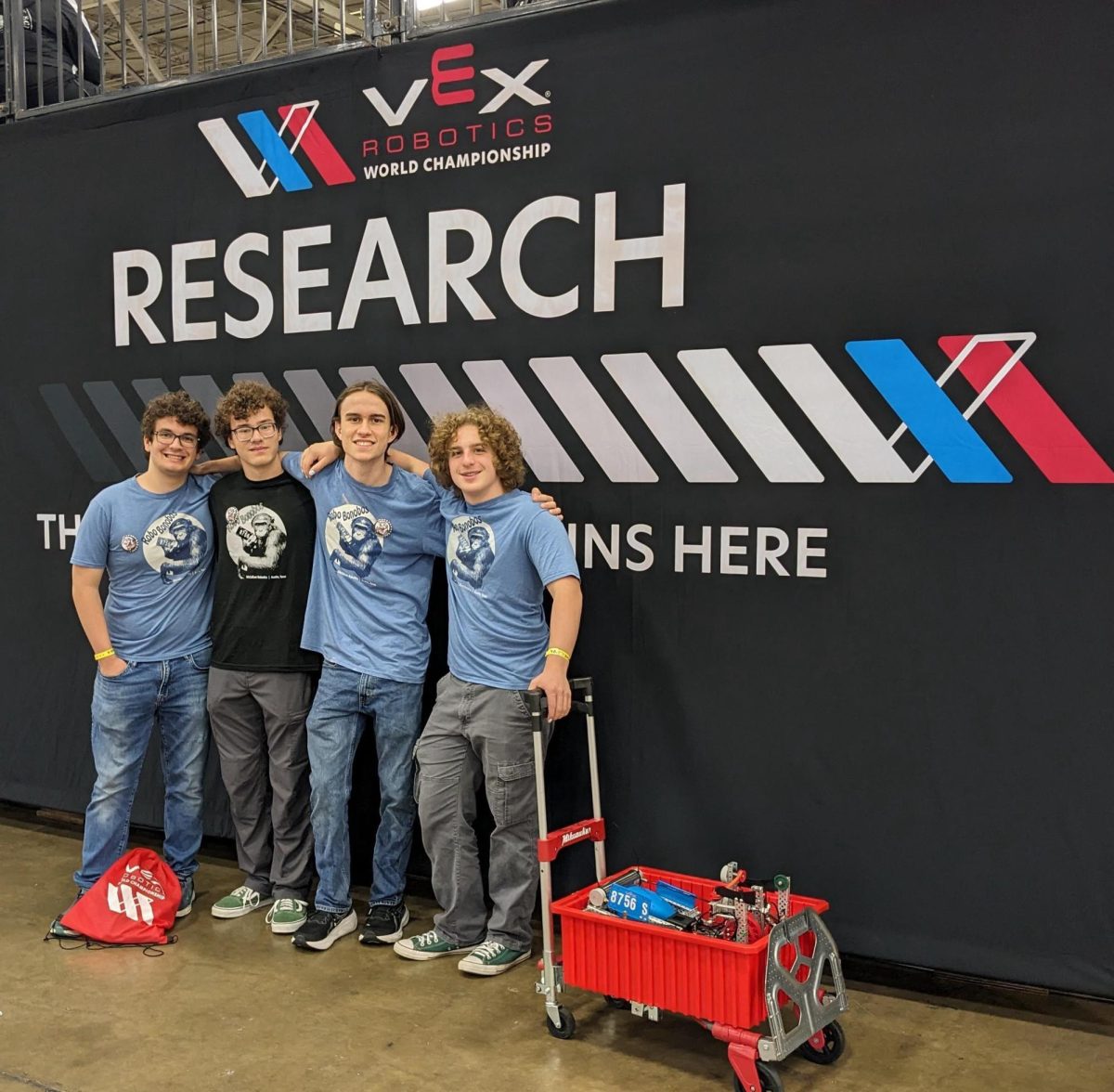For Hazel and Leo Tverskey, fifth-graders at Ridgetop Elementary, it’s come time to rule the school. They’re the big kids now. But what happens when the big kids lose a year and a half of school to online learning because of a global pandemic?
School gets harder. For many reasons. “It’s harder to know what your friend’s facial expressions are,”’ Hazel said. “And when you’re looking at the teacher, you don’t always know if he’s happy or annoyed. You want to know what he’s thinking because you want to get the question right. And you want to know if you want to be louder or quieter. You have to talk louder with your mask on.”
Even though in-person school can be hard, Hazel found online learning much more difficult. “In online school, you couldn’t really interact with your friends and your teachers,” she said. “And you can’t always ask your friends like, ‘Can you help me with this question?’ You would have to go to after-school meetings. And it was harder to learn because there were always technical difficulties. Sometimes, I felt like I missed a whole half of school because I didn’t know my math as well.”
Her brother, Leo, thinks it wasn’t just online learning that was hard, but the entire pandemic. “The worst part is probably not socializing with my friends,” he said. “Another bad part is a lot of places are closed down.”
Hazel and Leo went back to school in-person in the spring semester of last year, which brought them back to some reminder of normal life. “The twins really relied on each other a lot during the pandemic, so they became really, really close,” said Jenna Martin, Hazel and Leo’s mother. “Having said that, I think being back in person with their friends, that lunchtime, that recess time, has just made them so much happier.”
Although the first days of the spring semester were not the first days on campus for Hazel and Leo since the pandemic, it did mark the return to in-person learning for 15 Ridgetop students and many more in AISD, who had been utilizing the virtual-school option for grades K-6 since the fall semester began. “It’s a bit of a change, ” Ridgetop Elementary principal Kara Schultz said, “because they’re used to having different schedules, different types of classes, different expectations, [the real challenge is] just trying to … build those relationships again with those kiddos.”
Going back to on-campus learning meant new protocols and rules. “For the most part, our kids are doing a really great job with the masking and the social distancing.” Schultz said. “It’s really hard with kids; they just gravitate towards each other. We’re social beings, we want to be with each other, we want to talk, we want to be close, we want to engage. And so that’s kind of hard, but they’ve gotten really good at wearing masks and being able to keep their friends safe that way.”
Even though the twins understand why these measures need to be taken, they still find it hard sometimes. For Leo, social distancing is the hardest part about in-person school. “Sometimes, wearing masks feels comfortable,” he said, “but social distancing isn’t fun. Because you don’t get to be close to your friends, you have to be six feet apart.”
Hazel agrees. “It’s sort of hard to interact with your friends when you’re trying to talk to them,” she said. “You can’t always hug them, and it’s sad.”
But school isn’t all work. When asked about what their favorite part of the school day was, Hazel and Leo had the same answer.
“My favorite part of the school day is probably lunch, because that’s when I can talk to my friends the most.”
It’s not just getting to see friends that makes lunch fun. Ridgetop has implemented outdoor seating with rows of picnic tables in the school’s breezeway area. “It’s really nice to be outside because it’s not as loud and you can be louder,” Hazel said. “And for the picnic tables, four people is the limit. We get to eat outside, and we’re being more safe.”
In fact, for Leo, getting to eat outdoors has been one of the only good things to come out of the pandemic.
“Well, during lunch, we get to eat outside, I like that part,” he said. “Nothing else, really.”
Even though some protocols for school have changed, for the twins, most of their routine is the same.
“You wake up, you make your lunch, eat breakfast, then we drive to Ridgetop,” Leo said. “And then we wait at the gate for the bell to ring, then you go into your classroom and talk with your friends, play Prodigy or draw, read.”
Hazel and Leo have their new school routine down, but many younger students struggled when they first came back to campus.
“In our first-grade group, a lot of them didn’t come to Ridgetop for Pre-K, which was the first year of the pandemic,” Schultz said. “And then some of them stayed home for all of kindergarten. So this first-grade year is really their first time being in school. And this group is having the hardest time. Plus the expectations of first grade are a big jump between kinder, so those two things combined have made it a little bit harder for first-graders. But I think, at this point, now in the year, they’re like, ‘OK, I know how to walk in a line. I know where the bathroom is. I know how to do lunch and playground and things like that.’”
Even though many students are struggling in another year like none other, they are persevering.
“The fifth-graders, fourth- and fifth-graders, are like, ‘We got this,’” Schultz said. “They’ve quite figured it out. But for the little ones, it is, you know, for Pre K and kinder, it’s just trying to figure out all the new things that come along with being in school and those responsibilities.”




